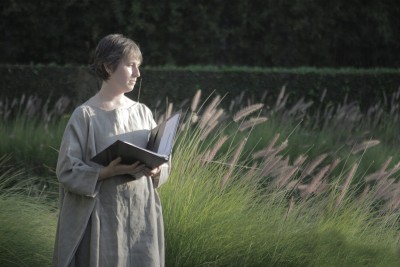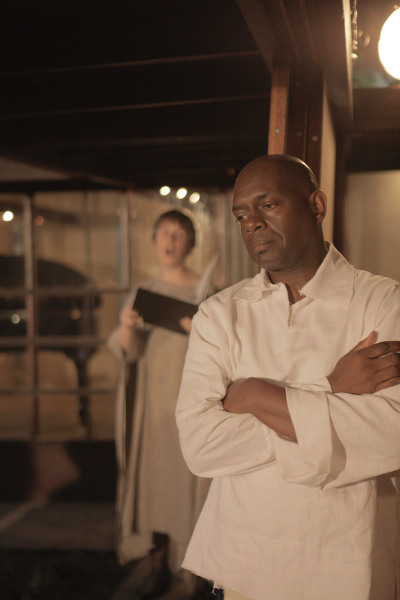Houses have histories: histories of making them and of the people who make, see, and live in them. While much of the history of the Schindler House is familiar to architects and historians, especially in Los Angeles, weaving a narrative based on available correspondences among Pauline Schindler, Rudolph Schindler, and those around them was like unraveling a complicated tangle of misunderstood intentions. As stated like a premonition well before the house existed, the notion of its being had been formed by Pauline (prior even to meeting Rudolph): “a little joy of a bungalow, …which shall be open just as some people’s hearts are open, to friends of all classes and types.” As the house took form, this openness contributed to its rich history, intertwining a variety of compelling characters into the life story of the Schindlers. It was enthralling to discover the lists of artists, architects, musicians, dancers, film personalities, political figures, and impresarios, such as Weston, Wright, Neutra, Bovingdon, Schoenberg, Cage, Janson, and Sheyer, some of whom not only made brief (or longer) appearances at the house but also continued to be mentioned in the writings of the Schindlers throughout the years.

Following these threads helped bring to life the cultural world the Schindlers might have experienced in those decades from the 1920s through the 1940s in Southern California. The interpersonal relationships with family, friends, and lovers added another layer in the understanding of how the house tracked and recorded these histories: the arrivals and departures of the Chaces, Neutras, Pauline’s sister Dorothy, Galka Sheyer, and notably the absence from the house of Pauline and Rudolph at intervals (traced in the addresses of letterheads while away). Eventually, it became clear that the house had shaped the lives of its inhabitants as much as they had shaped the house. The brief but intense relationship that Pauline had with John Cage goes from inspiring to devastating within the span of half a year. The role the Schindlers’ son Mark played in tying them together revealed much about this early twentieth-century era of open relationships. Rudolph’s inability to cope emotionally with the reality of World War II, as a Jew whose parents remained in Europe, is poignantly revealed in letters from his parents. While some would disagree, it became clear to us that it was not only the house that kept bringing the Schindlers back together. They were bound by a love and respect for each other that they found difficult, perhaps impossible, to accept and express.

http://vimeo.com/117973630
Credits:
Argenta Walther, Mezzo Soprano
Charles Lane, Tenor
Aniela Perry, Cello and Music Director
Sarah Wass, Flute
Traci Esslinger, Piano